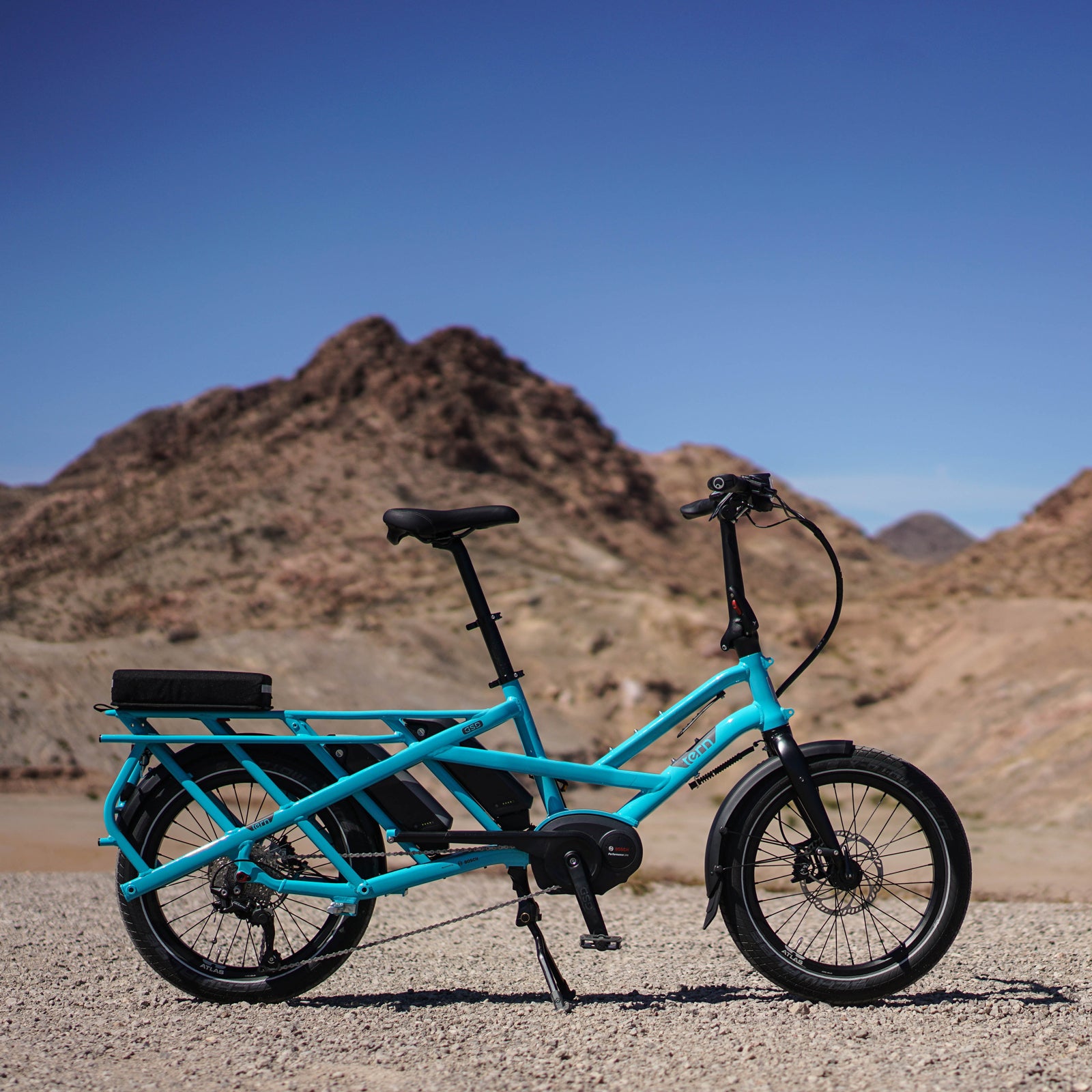Americans are great at ignoring stuff: traffic deaths, mass shootings, climate change, measles… If it conflicts with our preconceived notions or baseless beliefs, then we simply ghost it like a date who’s getting too clingy. So it’s not surprising that, when it comes to the bicycle as a form of transportation, we often base our perception, policy, and enforcement on what we refuse to see.
Consider e-bikes. Since January 2018, the City of New York under Mayor Bill de Blasio has been waging a misguided war on e-bikes—or, more specifically, people who use them to deliver food for a living. The ostensible reason for the crackdown is that people on e-bikes are dangerous. However, that last year in New York City, e-bikes injured 32 people in a city of over eight million—and of those injuries, 23 were to the e-bike riders themselves.
In other words, the food they’re delivering is more dangerous than the bikes they’re riding, as anybody who’s burned the roof of their mouth on a hot pizza will readily attest.
Nevertheless, when confronted recently with the fact that crash data in no way bears out his crackdown, de Blasio people on e-bikes were dangerous. Moreover, by way of comparison, he held up drivers as paragons of responsibility. “You don’t see cars drive on the sidewalk a whole lot,” he remarked.
This is an astounding claim in a city where parking on the sidewalk is an epidemic, and where cars regularly wind up in storefronts or on top of people because the driver “.” And that’s not even counting all the driveways and curb cuts and gas stations and parking lots that, in some neighborhoods, make walking on the sidewalk nearly as stressful as walking in the street.
Saying you “don’t see cars drive on the sidewalk in New York City a whole lot” is like saying “You don’t see waves crashing on the beach a whole lot,” or “You don’t see a lot of Hollywood movies based on comic books.” Only someone who never uses a New York City sidewalk for walking would say such a thing, and New Yorkers immediately started sending examples to the Mayor using the #CarsOnSidewalks hashtag. Nevertheless, no mayoral acknowledgment was forthcoming, and the e-bike crackdown shows no signs of abating.
The Mayor’s attitude is typical of how we approach bikes and traffic safety in this country. In addition to this inability and/or refusal to acknowledge deadly driver behavior, another factor that contributes to misguided cyclist enforcement is, ironically, the popular misconception that there isn’t any cyclist enforcement. It seems that not a month goes by without news of some legislator somewhere proposing a new bill for the licensing of cyclists or the registration of bicycles. Often the pretense for these bills is that the revenue would , but ultimately these attempts appeal to the non-cyclist’s spiteful notion that cyclists operate in a state of lawless unaccountability and are somehow immune to ticketing because they don’t have license plates sutured to their backs.
Of course, the reality is that the police manage to ticket cyclists just fine. In New York City, enforcement of cyclists has along with ridership, and ticketing stings (sometimes for “violations” that aren’t even illegal) are simply a fact of life. In Virginia, they’ll hit you with a car and then ticket you. In Tampa, bicycle enforcement has proven to be a handy pretense for
Sure, all of this is easy to ignore if you never get on a bike (and even if you do ride a bike, it’s pretty easy not to notice someone else on a bike getting a ticket), but just because you don’t see it doesn’t mean it’s not happening. You never see rats fucking either, but you can be damn sure they’re going at it with abandon.
And of course when it comes to bicycles, the most significant thing people fail to see is all the people out there riding them.
And of course when it comes to bicycles, the most significant thing people fail to see is all the people out there riding them. One common complaint about bikes lanes is that “nobody’s using them,” which is sort of understandable when you consider that we’ve been conditioned to see traffic jams and stationary motor vehicles as “use.” After all, if a cyclist whizzes by in the bike lane every few seconds you may get the impression that it is only lightly used. Meanwhile, a bunch of cars idling on a city street creates the impression that we need wider roadways to accommodate them, when in reality the problem is that their drivers have chosen the wrong vehicle. Take away the cars and a typical city traffic jam boils down to just a handful of schmucks going nowhere. And yet cities continue to prioritize cars while relegating bike lanes to the margins, as though this will somehow foster movement. It’s like designing your bathroom around your inexplicable desire to keep flushing melons down the toilet.
To be fair, like all humans, people on bikes also make assumptions based on what they don’t see. For example, in New York City, a common response among cyclists to all the bike ticket stings is, “What about the drivers, why don’t you ticket them?” The fact is that the NYPD does ticket drivers—it’s just that in many cases it’s the same kind of pointless fish-in-a-barrel ticketing experienced by cyclists. There’s often an NYPD cruiser hanging out by my building, picking off drivers one by one for the same left turn that most of them probably didn’t realize was illegal.
Meanwhile, like the bike ticketing, this archaic method of enforcement does virtually nothing to address the systemic problems that result in this sort of behavior in the first place. It’s artisanal hand-ticketing, a token gesture that’s needlessly complex and ultimately meaningless while maintaining the illusion that order is being maintained. All the deadly stuff drivers do keeps happening—because nobody “sees” it.
We live in an age of unprecedented access to data, and it’s time we started to use it. When it comes to people on bikes, we’re as ignorant as the Medieval Europeans were about germs. If we’re ever going to make a meaningful dent in the plague of street deaths, we’re going to need to start exploring the wide world that exists beyond our windshields.


